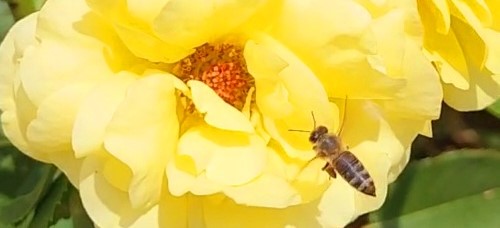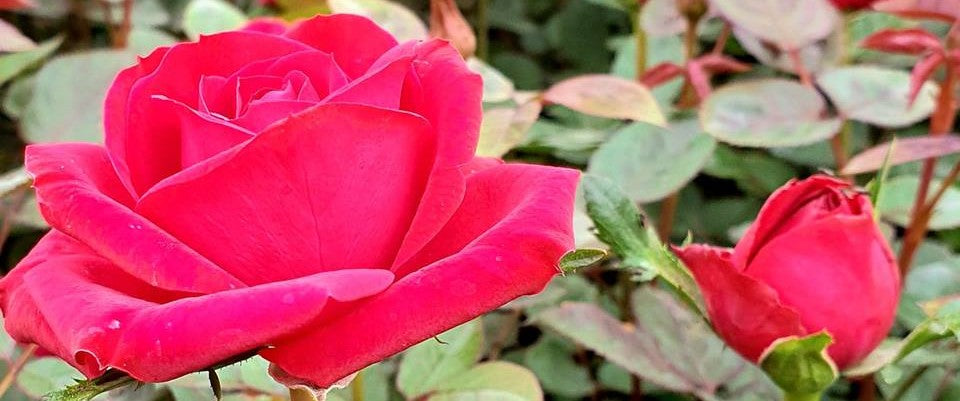The fragrance of roses comes from volatile organic compounds (VOCs) produced by the plant. These VOCs are produced by glandular structures in the petals and are released into the air to attract pollinators, such as bees and moths.
Different roses have different fragrance profiles, depending on the specific VOCs that are produced. For example, some roses produce a large amount of phenylacetic acid, which gives off a sweet, fruity fragrance, while others may produce more benzaldehyde, which has a bitter almond scent.
Other factors that can influence the fragrance of a rose include the age of the flower, temperature, humidity, and time of day. Some roses may be more fragrant in the morning or evening, for example, when temperatures are cooler and the air is more still.
In general, roses with more petals and more glandular structures are likely to be more fragrant than those with fewer petals and fewer glands. Breeding programs have aimed to increase the fragrance in roses, resulting in many new varieties that are highly fragrant.

Our fragrant collection can be found here.
Newsletter sent through email subscription on 11th February 2023.
To receive our newsletter, click on the small circle on the bottom left-hand side of your screen to enter your email details.





